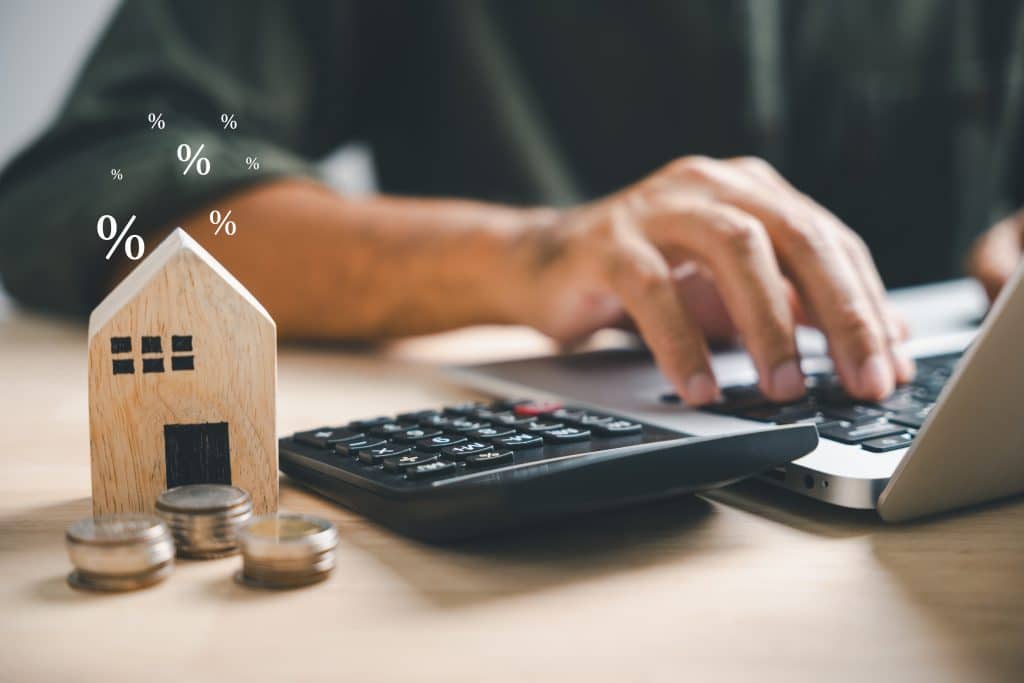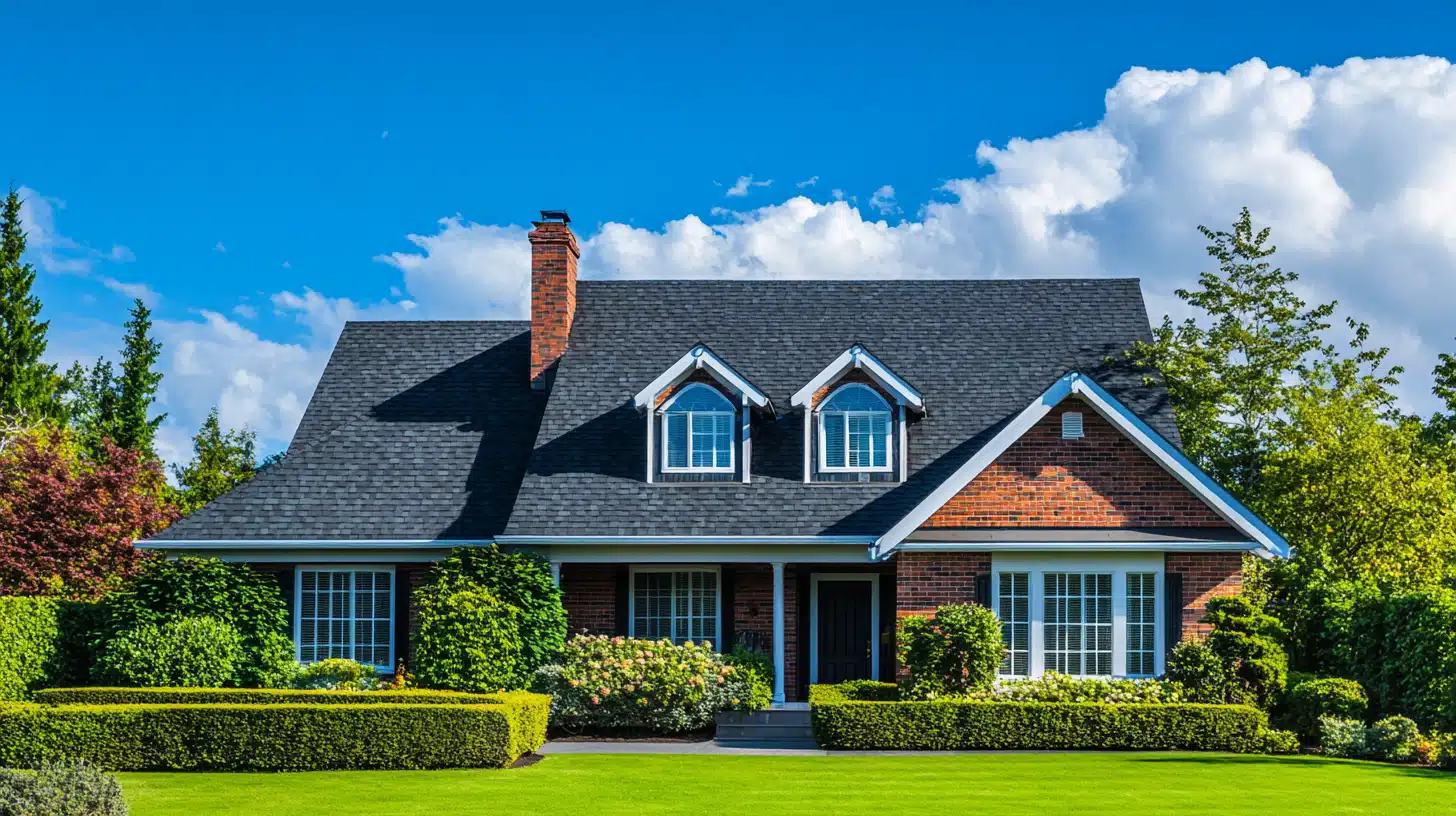Budgeting Basics: Crafting A Realistic Financial Plan For Your Home Purchase
Understanding the financial commitment of buying a home is a critical step towards achieving this significant milestone. With the right planning and budgeting, it’s possible to navigate this process smoothly and avoid common pitfalls. This guide will provide a straightforward approach to crafting a realistic financial plan for your home purchase.
Know Your Must-Haves Versus Nice-To-Haves
Your home wishlist likely contains both essential needs and desired extras. Distinguishing must-haves from nice-to-haves prevents ‘house lust’ from wrecking your budget. If granite countertops push you out of your price range, maybe standard laminate will do. Focus first on basics like location, size, layout, condition, and price. Cosmetic upgrades can come later. Prioritize necessities when weighing options.
Calculate Your Total Costs

The sale price is just one budget component. You’ll also need cash for the down payment, closing costs, repairs, and renovations. Experts recommend a 20% down payment, but lower amounts may work for first-time buyers. Closing costs like origination fees, appraisal fees, and title insurance often total 2-5% of the home price. Inspect carefully for defects and build in renovation costs if needed. Tally all these items when estimating your total home buying costs. Home affordability on $70k salary requires realistic expectations and disciplined saving.
Know Your Debt-To-Income Ratio
Lenders analyze your ‘DTI’—total monthly debt payments divided by gross monthly income. The lower your DTI, the easier it is to qualify for a mortgage. DTI below 36% is ideal, but many lenders will approve up to 43%. Tally your monthly student loan, credit card, auto, and other loan payments to determine your DTI. If it’s too high, consider paying down debts to lower your ratio. A healthier DTI boosts your borrowing power.
Have A Healthy Credit Score
Your credit score significantly impacts your mortgage terms and interest rate. Scores above 740 get the best rates. Review your credit report and check your scores several months before applying for a mortgage. You’ll have time to correct errors, lower balances, and take other steps to boost your score. Pay all bills on time going forward. With excellent credit, you can use an app for credit score tracking to keep yourself on the right path.
Build Your Down Payment Fund
The minimum down payment is often 3-5% for first-time buyers. But 20% down provides the best rates/terms and avoids private mortgage insurance (PMI). Building a robust down payment fund takes diligent saving. Target 10-20% of your take-home pay, directing it automatically into a separate savings account. Limit spending to necessities and avoid new debts. It may take a year or more to accumulate sufficient down payment savings, but patience and discipline will pay off.
Shop With A Pre-Approval Letter
Once you have saved enough for a healthy down payment, obtain a pre-approval letter from a lender. This letter indicates you are creditworthy for a specific mortgage amount, empowering you to make competitive offers. Sellers prefer buyers with financing already secured. But stick to your pre-approved amount, even if tempted by pricier properties. Don’t derail your budget for an overpriced dream home.
Build Closing Costs Into Your Budget
Closing costs can really sneak up on you. Origination fees, appraisal fees, title insurance, survey fees, taxes, recording fees, and other items add up quickly. Conservative estimates range from 2-5% of the total purchase price. Budget more if investing in a fixer-upper. Avoid tapping your down payment fund for closing costs by saving separately for these expenses. This protects your all-important down payment.
Leave A Financial Cushion
Owning a home brings new maintenance costs like repairs, improvements, HOA fees (if applicable), utilities, and regular upkeep. As a new homeowner, you’ll also need funds reserved for unexpected costs like a water heater replacement or a new roof. Financial advisors recommend keeping three to six months’ worth of mortgage payments, taxes, insurance, and projected maintenance costs in an emergency fund. Don’t leave yourself financially stranded.
Shop For The Best Mortgage
There are many mortgage products and options out there, from fixed-rate to adjustable-rate. Connect with multiple lenders to find the lowest rate and best overall deal. Ask about discounts for good credit, autopay, existing customer relationships, etc. Pay discount points upfront to lower your interest rate if it makes financial sense in the long term. Negotiate vigorously to maximize value. With persistence, you can find optimal home financing.
Stay Within Your Budget
The buying process often tempts you to overspend. But straying outside your pre-determined budget jeopardizes your financial plan. Look past superficial upgrades to objectively evaluate each property. Don’t waive contingencies that protect you, like the inspection and appraisal. Be willing to walk away from homes priced too far above your range, or that need major repairs. Stay disciplined about sticking to your budget, even when tempted by emotion.
Conclusion
Budgeting for your first home requires balancing your wants and needs to create an affordable financial plan. Know your must-haves versus nice-to-haves, tally all costs, understand key ratios, build savings, obtain financing, budget closing costs, keep reserves, and comparison shop. Stay disciplined despite temptation, and you will craft a solid budget to achieve your home ownership dreams. With realistic planning, careful saving, and smart buying, you’ll find a home that fits your budget and sets you up for financial success.







